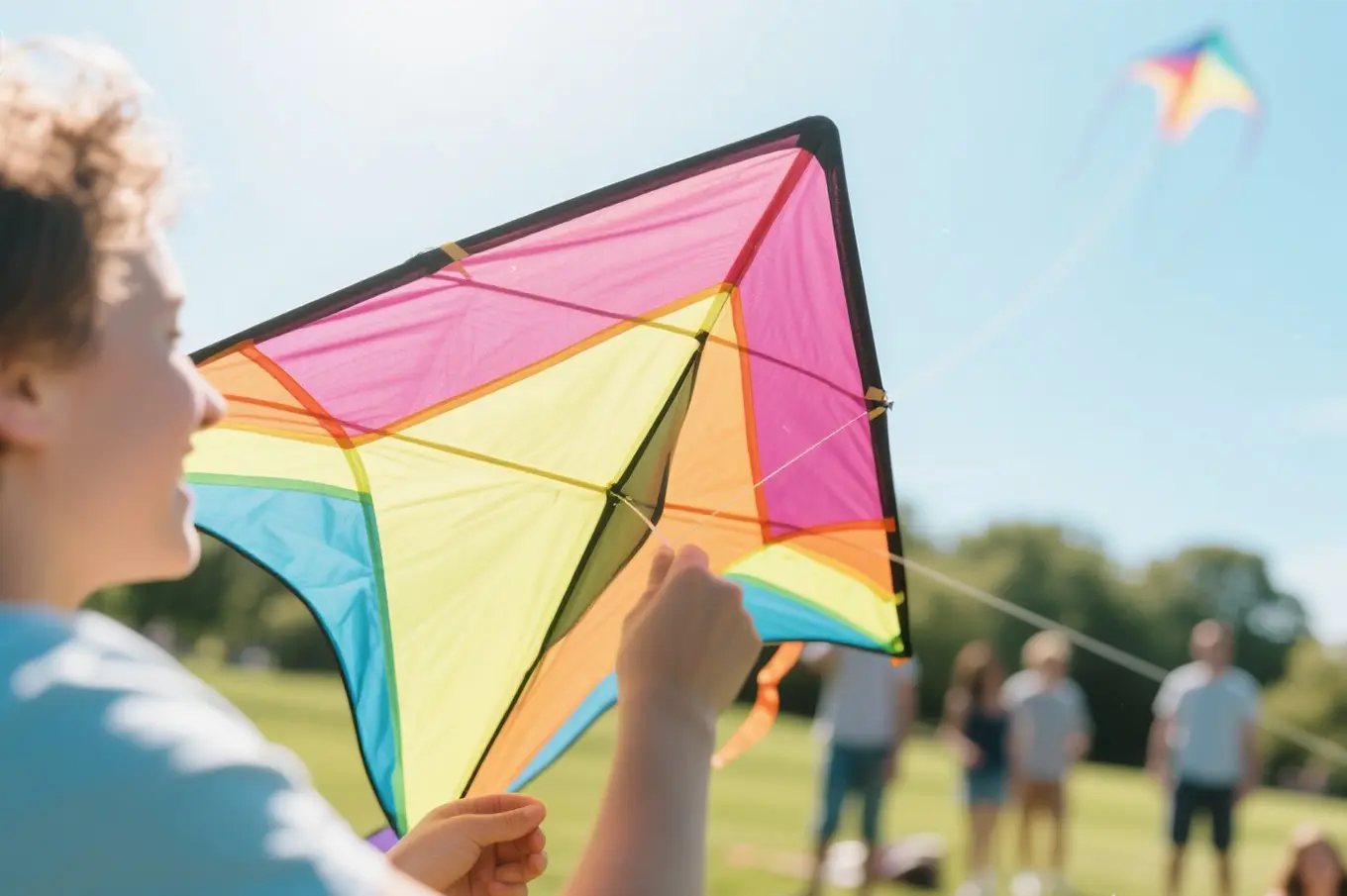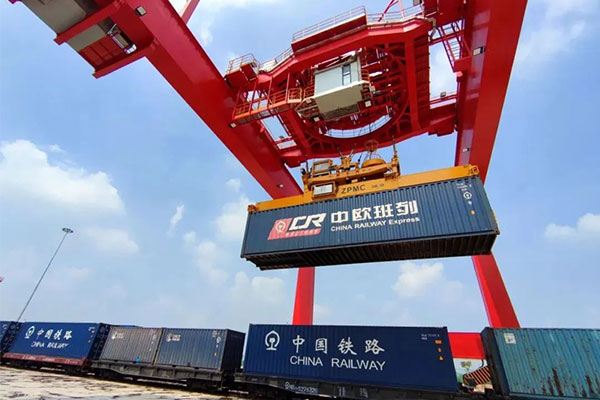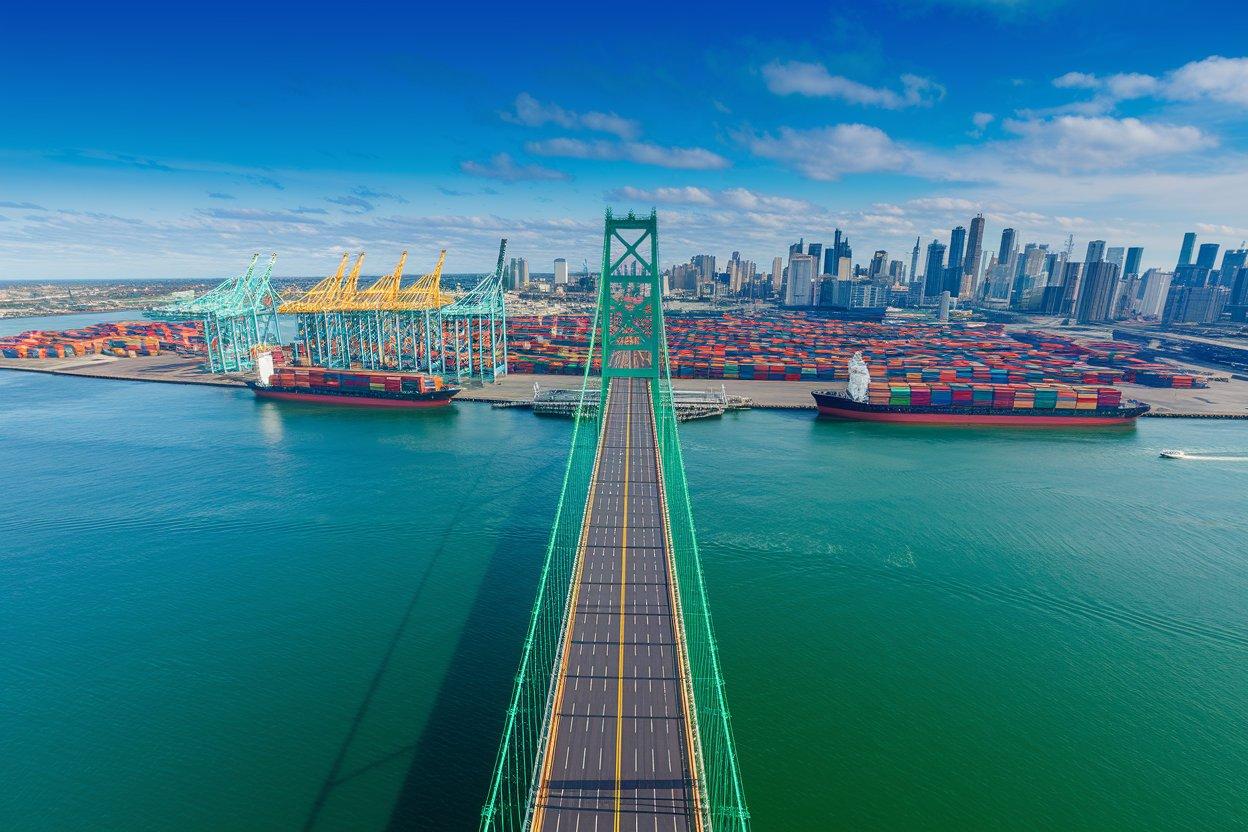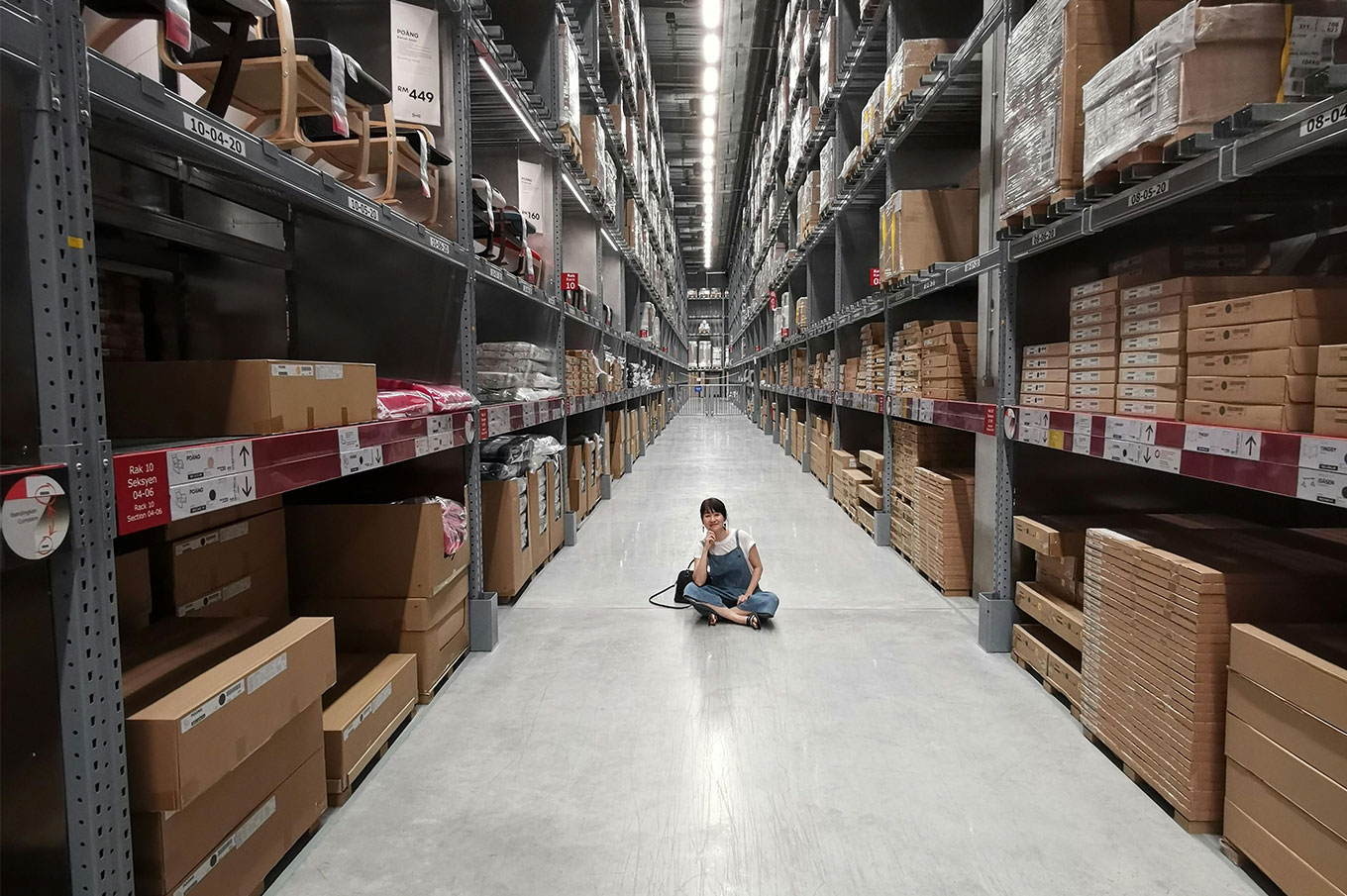- Shanghai Zhongshen International Trade Co., Ltd. - Two decades of trade agency expertise.
- Service Hotline: 139 1787 2118
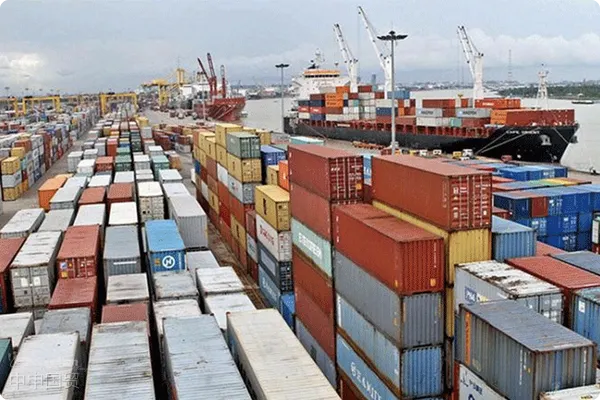
I. Trade policies and regulations
- When exporting lamps to Russia, a series of certification standards must be met first. For example, lamps need to pass the GOST - R certification. GOST - R is the Russian national standard certification, which covers various requirements such as the safety and electromagnetic compatibility of lamps. For lighting products, the certification process will conduct strict inspections on the electrical safety performance of lamps, including the insulation performance and grounding protection of lamps. For example, the insulation resistance of lamps must reach a certain value to prevent the risk of electric shock to users.
– In Russia, the export of lighting fixtures first faces stringent certification requirements. Lighting products must comply with the GOST-R certification standards in Russia. The GOST-R certification covers multiple aspects of lighting fixtures, including safety and electromagnetic compatibility. For instance, there are clear regulations on safety indicators such as electrical insulation performance and protection against electric shock for lighting fixtures. Only certified lighting products can legally enter the Russian market. This certification process requires lighting manufacturers to provide detailed product technical documents, including circuit diagrams, structural design drawings, user manuals, etc., and product samples may need to be sent to designated laboratories in Russia for testing.
Customs Regulations
– Russian customs has a series of regulations regarding the import of lighting fixtures. When importing lighting fixtures, it is necessary to accurately declare information such as the value, quantity, and specifications of the goods. Customs will classify the lighting fixtures based on the commodity code (HS code), and different types of lighting fixtures may be subject to different tariff rates. For example, ordinary household incandescent lamps may differ in tariff rates from large industrial lighting fixtures. Additionally, there are requirements for the packaging of lighting fixtures. The packaging must comply with international transportation and Russian domestic logistics standards to ensure that the fixtures are not damaged during transit. The packaging must also clearly display relevant product information, such as the product name, model, and manufacturer's name.
Market Demand and Competitive Environment
Characteristics of Market Demand
- The Russian lighting market exhibits diverse characteristics in demand. Due to the vast geographical expanse of Russia, the varying climates and architectural styles across different regions lead to distinct lighting requirements. In the cold northern regions, there is a significant demand for lighting fixtures with excellent thermal insulation and high brightness to cope with long winters and low-light conditions. In major cities such as Moscow and St. Petersburg, with the continuous rise of modern architecture, there is a growing demand for stylish, energy-efficient, and smart-controlled lighting solutions. For instance, LED smart lights, which can adjust brightness and color via mobile apps, are particularly popular in high-end residential and commercial buildings.
Competitive Situation
– The Russian lighting market is highly competitive. On one hand, there is intense competition from products originating from major international lighting manufacturing countries such as China, Germany, and Italy. Chinese lighting products, known for their cost-effectiveness, have secured a certain market share. Many Chinese lighting companies have gained an advantage in Russia's mid-to-low-end lighting market by offering diverse product styles and competitive prices. Meanwhile, German and Italian lighting products are favored in Russia's high-end market due to their superior design and manufacturing quality. On the other hand, domestic Russian lighting companies are also developing continuously. They benefit from geographical advantages, allowing them to better adapt to local market demands and sales channels. Additionally, they hold a competitive edge in specialized lighting sectors, such as outdoor lighting designed to withstand Russia's extreme climate conditions.
Logistics and Transportation Conditions
Packaging and labeling
– There are multiple transportation options for exporting lighting fixtures to Russia. Land transportation is a common method, utilizing railways and roads. Rail transport is suitable for large-scale shipments of lighting fixtures, offering advantages such as high capacity and relatively low costs. For example, when exporting lighting fixtures from China to the European part of Russia, rail transport can ensure safe delivery within a certain timeframe. Road transport, on the other hand, is more flexible and suitable for small batches or urgent orders, though it comes with relatively higher costs. Additionally,Maritime Transportationmaritime shipping is another option, particularly for shipments to Russias Far East. Large cargo vessels can transport significant quantities of lighting products. However, maritime shipping has longer transit times, requiring consideration of delivery deadlines.
Logistics Services
– In terms of logistics services, selecting reliable logistics partners is crucial. Lamps are fragile items and require special packaging and careful handling during transportation. Logistics service providers must have extensive experience in transporting lamps and be able to offer suitable packaging solutions, such as using foam or air cushions to protect the lamps from impact during transit. Additionally, for domestic logistics distribution in Russia, given the country's vast territory, it is essential to ensure that the logistics network can cover major sales regions, guaranteeing that the lamps are delivered to customers promptly and accurately.
Related Recommendations
? 2025. All Rights Reserved. Shanghai ICP No. 2023007705-2  PSB Record: Shanghai No.31011502009912
PSB Record: Shanghai No.31011502009912

